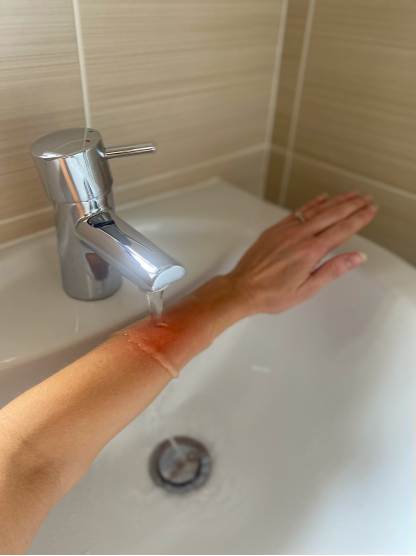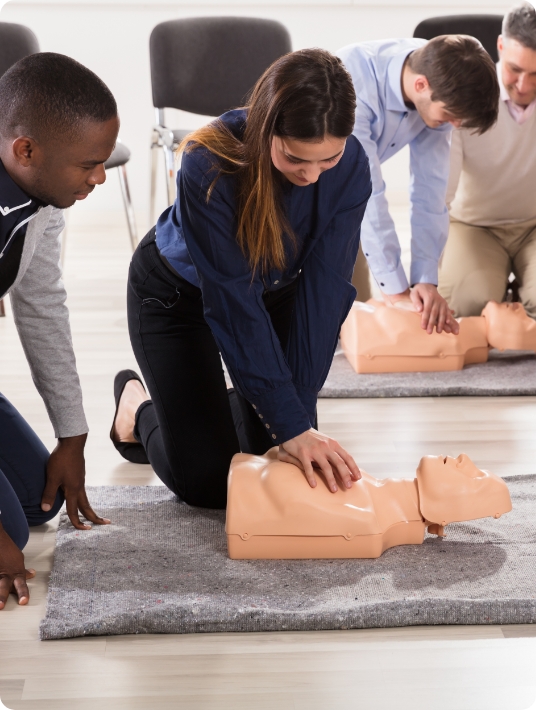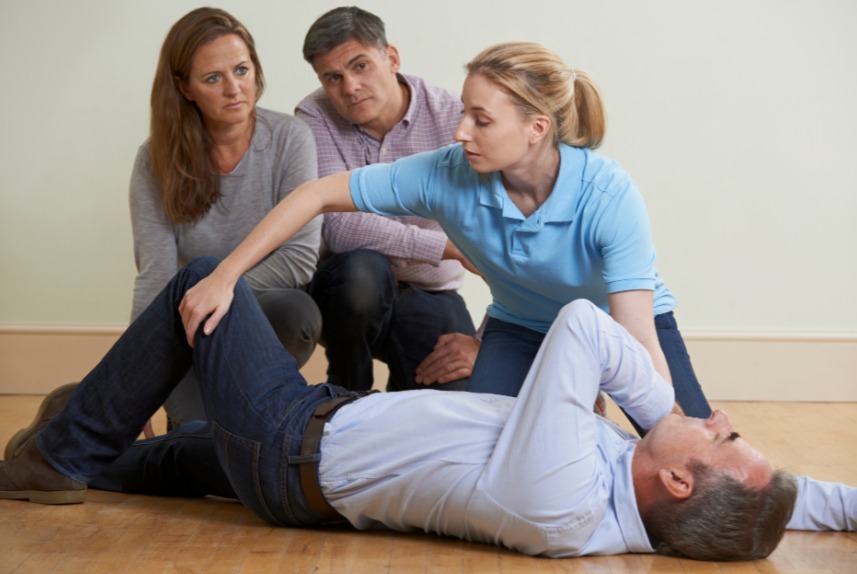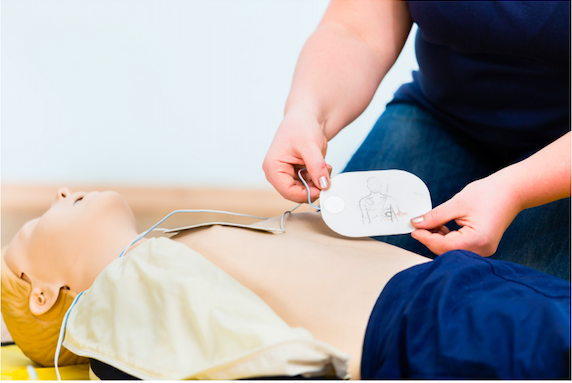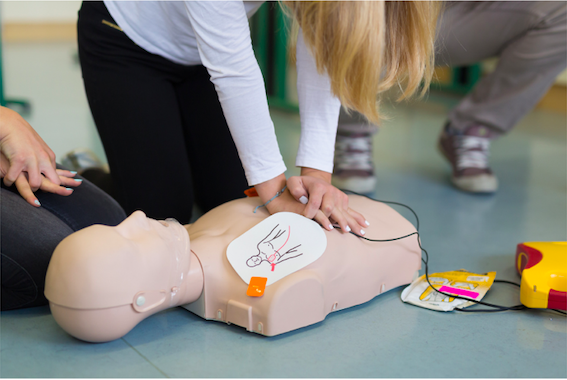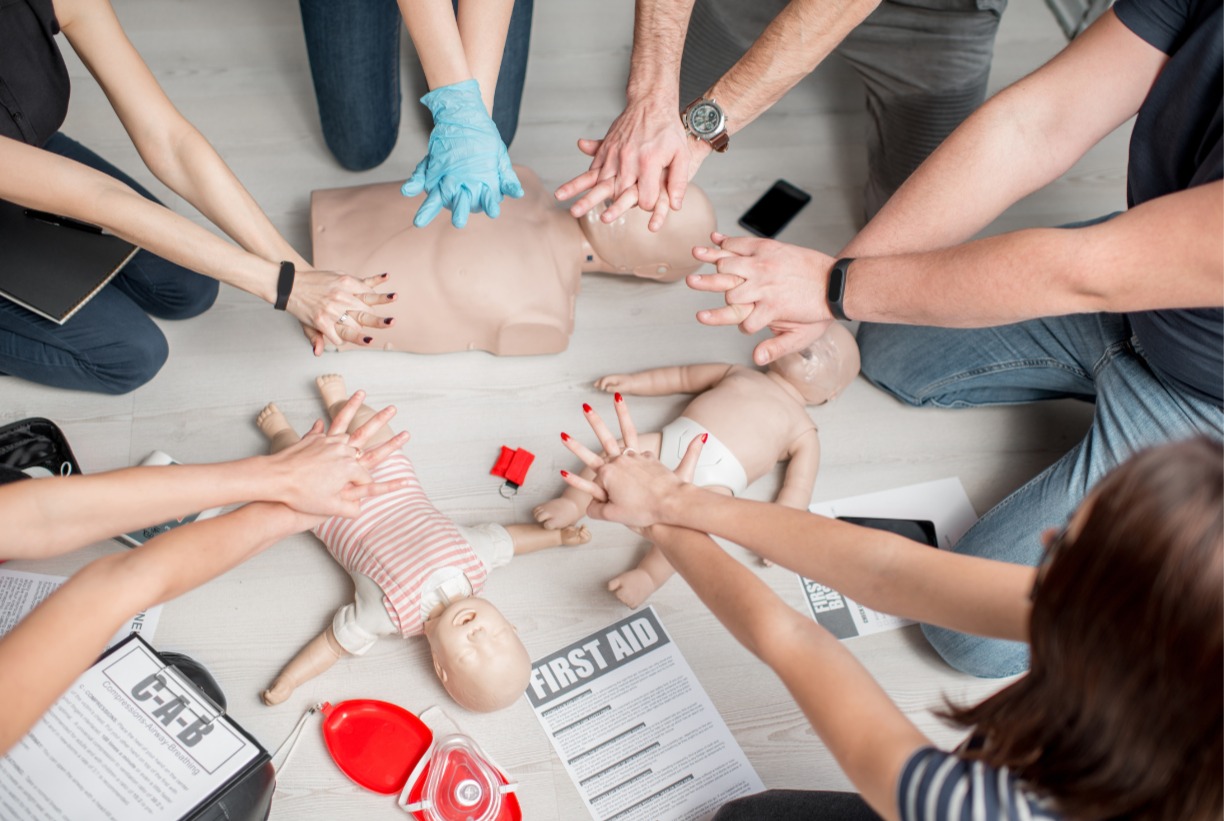As well as an in-depth knowledge of first aid, I believe it is important for a trainer to also have a sound understanding of teaching skills. A robust knowledge of how to support students to learn, retain and use their skills effectively. With this in mind, I have undertaken studies that are above the required industry standard to ensure that I am offering a high-quality learning experience for my students. Which brings me to the importance of ‘active learning’ and the role it plays within first aid training.
Firstly, let’s think about the retention of crucial first aid knowledge. According to a study conducted by the UK Department for Business, Innovation and Skills, active learning methods, such as practical exercises and simulations, contribute to a higher retention rate among participants. The study found that individuals engaged in active learning retained 75% of the information compared to only 30% for those in traditional lecture-based settings. This stark contrast emphasises the efficacy of hands-on activities in enhancing the long-term retention of first aid skills.

When we think specifically of using our first aid training in the workplace, the Health and Safety Executive (HSE) have recognised the importance of active learning within first aid training. According to HSE statistics, industries that incorporated active learning in their first aid training programs reported a 25% reduction in workplace accidents and a 30% decrease in the severity of injuries.
Realism in training scenarios is another crucial aspect of active learning, and the statistics from the British Red Cross support this. Their data reveals that participants who underwent realistic, scenario-based training reported a 50% increase in confidence when faced with a real-life emergency. This increased confidence is essential for effective response, as individuals trained using hands on techniques are better equipped to handle the stress and pressure of actual emergencies. Those plastic manikins may look a bit creepy, but they really do make a difference when it comes to equipping learners with the skills they need.
Teamwork and communication skills are also integral in first aid situations, and the UK Resuscitation Council emphasises their significance in improving patient outcomes. Statistics from a survey conducted by the council show that first aid responders who underwent team-based, active learning training exhibited a 40% improvement in communication skills. This is crucial in situations where prompt and coordinated action can be a matter of life or death.
Bystander intervention is a key factor in improving survival rates during emergencies, and statistics shed light on the impact of first aid training on public response. According to data from St John Ambulance, communities with higher rates of first aid training have reported a 15% increase in bystander intervention during cardiac emergencies. This emphasises the ripple effect of active learning in empowering individuals to take decisive action when someone’s life is at stake.

Another key area where active learning excels is the recognition of different learning styles, accommodating various preferences and abilities. According to a report by the UK Higher Education Academy, incorporating interactive elements and hands-on activities in first aid training increases overall learning effectiveness by 20%. Individuals in the classroom may have different learning preferences based on educational or cultural backgrounds, this is particularly relevant in our diverse society in the UK.
The benefits of active learning also extend beyond the training environment, impacting real-life situations. St John Ambulance reports that individuals who actively practiced first aid skills during training demonstrated a 50% improvement in skill transfer compared to those who learned passively, such as online or video learning. This emphasises the practical applicability of skills acquired through active learning, ensuring that individuals can effectively translate their knowledge into action when faced with an emergency.
So, what does ‘active learning’ look like in my classroom? Most of us know that first aid training should include CPR practice on manikins, which ensures hand placement and speed is correct. I also use manikins which incorporate the correct depth to compress on both adult and child casualties. I also use training AED’s which are recognised as the closest training device to real public access defibrillator’s, giving learners a feel for how this equipment will work in real life. As well as learning the best techniques for bleeding control, we put this knowledge into practice on simulated wounds. I also include quizzes and games for subjects such as first aid kits, wound recognition and minor injuries to make these subjects come to life. And even the recap incorporates active learning in the style of a Who Wants to be a Millionaire game show simulation! By endeavoring to make the learning as hands-on and practical as possible, learners are equipped with the skills and confidence needed to face real life first aid emergencies. If you’d like to see this all in action, get in touch, I’d love to see you on a course!

